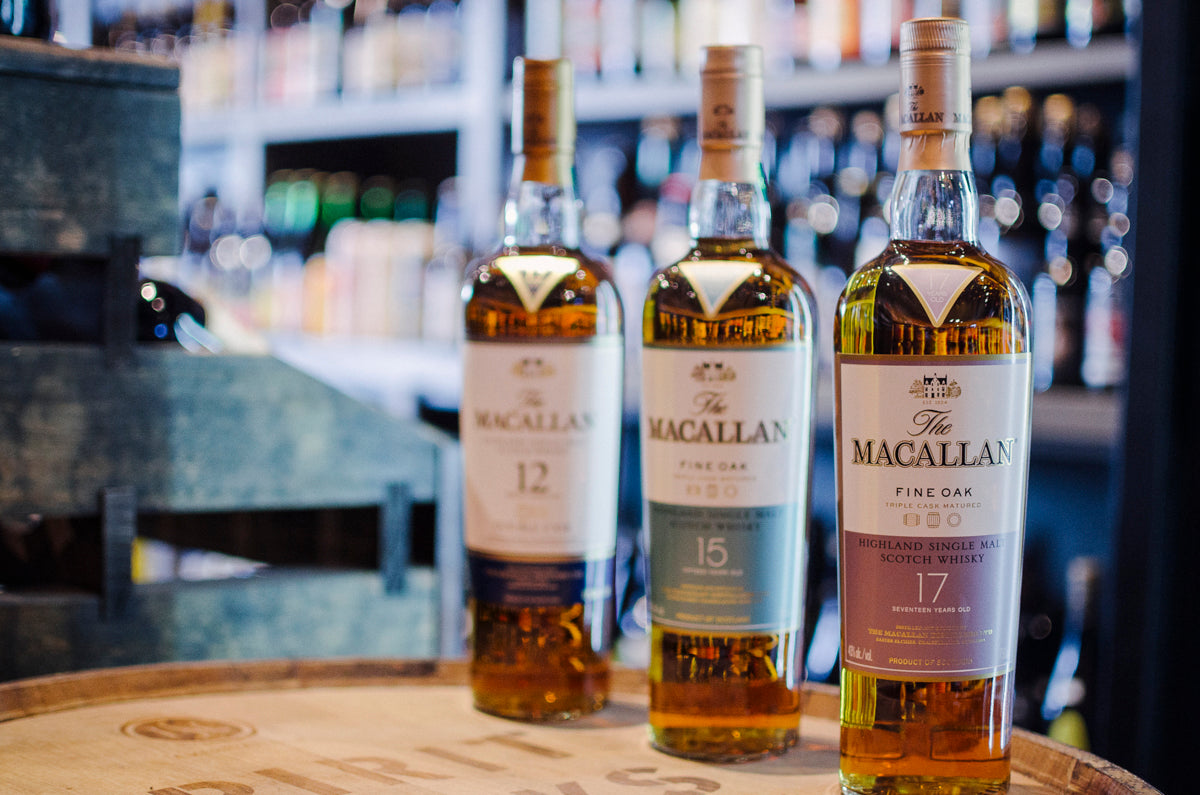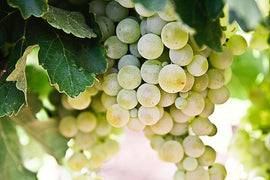It is hard to argue with Scotsman when they tell you that Scotch is the best form of whisky. The subtleties, the vast range of styles, and the sheer number of distilleries and bottlers make it possible to enjoy a different scotch every time you take a sip. The first documented record of whisky making in Scotland was in 1494, but it is likely that the Scots have been distilling and sipping their malted barley for several centuries before the 15th century. Everyone from the monks, to the commoners and the landed gentry drank Scotch. It was termed as the aqua vitae or the “water of life”. It was said to cure disease, prolong life, and preserve health. However, like all good things, the government caught along to mass consumption of scotch and started to tax the distillers. After Scotland united with England in 1707, the British Parliament further taxed distillers that started a bloody period where riots broke out between the taxmen and the distillers. This caused distilling to go underground. For 150 years, the Scottish smuggled their distilled aqua vitae and hid their actions from the government forces who they began to despise. By the 1820’s, 14,000 illegal stills were being confiscated every year and half the whisky consumed was not taxed. In 1823, Parliament reversed the tax on distilling and instead issued a one-time license fee of £10. This caused smuggling to stop and a renaissance of scotch production ensued. Scotch was on top and became the world’s premier whisky producer due to its powerful malts and distilling expertise. When France was ravaged by the phylloxera beetle in the 1880’s, cognac production collapsed and what followed was the change in preferences of consumers. Out went brandy and Scotch claimed the top spot for British consumers. Today, Scotch is a global force with over £4 billion in exports all over the world. The United States remains the largest market for Scotch exports, followed by the European Common Market and trailed by Asia. There has never been a higher demand for Scotch than today’s market. Producers are making more quantity and varieties of Scotch than ever before
Scotland is divided into 6 distinct scotch making regions. This contributes to the wide variety of styles the consumer can choose from.
Highlands whisky is home to some of the most well-known brands such as the Dalmore, Glenmorangie, and Glenfiddich. These whiskies are rich, robust, and rounded.
Speyside is to the east of the Highlands and borders the river Spey. This region is home to half of the regions distilleries like the Macallan, Benriach, and the Glenlivet. Speyside Scotch is elegant, complex, and granite-like minerality.
Lowland whiskies are from the south of Scotland and are typically mellow, gentle and soft. Auchentoshan is one of the better-known distilleries.
Campbeltown is located on the western coast of Scotland and the whiskies are robust, classic, salty, and simply delicious. Springbank calls Campbeltown home.
Islay is located in the Atlantic Ocean and is known for the whiskies that are distinctly peaty and smokey. The sea air also lends a distinctive salinity to their character. Laphroaig, Bruichladdich, and Lagavulin all call Islay home.
Islands have their own range of whisky distilleries. Scotland is home to hundreds of islands –extending from the west coast with Jura all the way to the Hebrides in the Northwest and the Orkney Islands (Highland Park) in the far North.
A look at the Distilleries:
Bowmore – Located on the Island of Islay, the Bowmore distillery boasts of having the oldest scotch maturation warehouses and distillery, which was established in 1779, making the Bowmore distillery Islay’s oldest. The first whisky distilled at Bowmore most likely occurred before ’79, due to the purchase of the property 15 years earlier. During the Bowmore’s long run as a distillery, production stopped in 1940 and the Royal Air Force operated a strategic base during WWII. Queen Elizabeth made her first ever visit to a distillery in 1980. The Bowmore is old school. They are one of a few remaining distilleries to operate their own malt barn where they malt 100% Islay grown barley to their exacting standards. The barley, once it has been germinated, is dried in a kiln for 42 hours. The smoke from the furnace rises through mesh grates and dries the barley and the use of peat moss as fuel gives the Scotch the iconic smokey peat character. The barley is then milled and combined with water to create wort which is then cooked into a mash. Yeast is added and fermentation begins and it usually lasts two days. The ABV at this stage is around 8%. The wort is fermented twice in four iconic pot stills. The Bowmore 12 has subtle lemon notes on the nose followed with a balanced peat smoke. The palate is warm and inviting with notes of chocolate. On the finish the peat smoke makes a reappearance and slowly lingers.
Kilkerran – Located in the heart of Campbeltown, the Kilkerran distillery is the newest-old distillery. The Mitchell’s Glengyle distillery was founded in 1872, but was sold in 1919, and fell under neglect. In 2004, the distillery reopened its doors under the watchful eyes of the great-nephew of the original founder. Kilkerran is the name that was chosen for the single malt produced at Mitchell’s Glengyle distillery, and it represents an approachable whiskey with a great history. The production process is as old school as you can get, done in the same process as the Bowmore, but with much less contact with peat smoke. On the nose, the Kilkerran 12 exudes roasted marshmallows and dried fruits, followed by cherries and a kiss of peat smoke. The palate is fruity and citrusy followed b vanilla, honey, and butterscotch. The finish is thick and salty and a hint of velvety lemon meringue pie. A classic Campbeltown dram from a storied distillery.
Benromach – Hailing from Speyside, this distillery was founded in 1898 and is still family owned. The distillery does not do its own malting, but orders local barley to exacting standards. They also adhere to tradition and have their barley kissed with peat smoke. Another aspect unique to Benromach is the spring water aquifer that seeps from the Romach hills. This soft water full of minerals imparts a special character to the finished scotches. Everything is done by hand. The distillery is distinctly old school in that the stills are operated by hand – no fancy computers, and the heart of each spirit run is gauged and cut by the master distiller. This heart of the run is the middle part of the distillate. The beginning and end of the distilled liquid is discarded. Benromach 15 is aged in both bourbon and sherry casks. On the nose there is vanilla, orange zest, and tasty chamomile and ginger. The palate is rich and full of fruit cake, plums, and kiwi fruit. With a touch of water, the whiskey transforms into another form – the nose is full of cocoa, honey, and a kiss of peat. The palate bears more oak smoke and a touch of chocolate.
Glengoyne – The Highlands, with their robust character matured with the idea of unhurried perfection. Founded in 1833 by George Connell, The Glengoyne started by illegally distilling whisky and tapping into the natural spring waterfall on the estates property. The Glengoyne’s trajectory of classic scotch production continued with the sherry craze in the 1870’s. Everyone started using sherry casks to mature their whisky, and around this time Glengoyne established their signature taste sue to the flavors sherry imparted on the whisky. The folks at Glengoyne are especially proud of the fact that their whisky is not peated. They state that there is no peat in the ground around their distillery, so there should be no smokiness in their scotch. This and their selection of tremendous and rare oak casks create the unique flavor of the Glengoyne, and is what makes it a classic today. The Glengoyne 12 is matured in ex-bourbon casks as well as ex-sherry casks. The nose begins with lemon zest and toffee, with a wispiness of coconut. The taste is full of toffee apples and shortbread with a sherry and cinnamon finish. Definitely a crowd pleaser.





